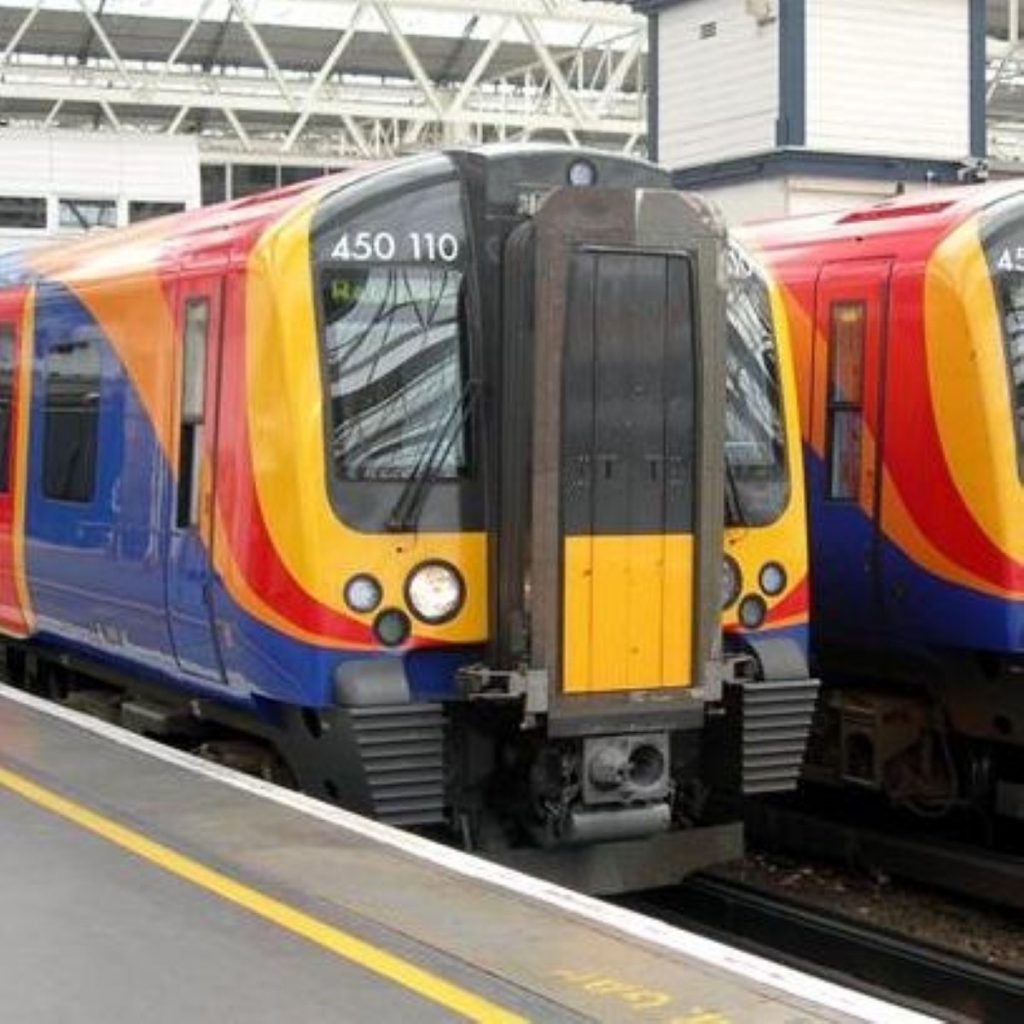Rail overcrowding targeted with investment bid
The government will fund extra long trains in a bid to reduce overcrowding on the rail network.
Some 1,000 additional train carriages will be added to the network by 2014, equivalent to around a tenth of the existing fleet. The extra investment will extend the average train from eight to 12 carriages.
The carriages will be newly built and purchased by the government, before being leased to train companies.
Ministers will target the additional capacity on trains in London and the south-east, home to many of the country’s busiest routes. However, other towns and cities in England and Wales could also benefit from additional carriages.


Passenger numbers are now at their highest level for nearly 60 years and increased by as much as ten per cent last year. As a result, many routes are overcrowded and users complain of standing for long periods of time.
The Conservatives welcomed the extra investment but pointed out this is not the first time rail users have been promised longer trains. Shadow transport secretary Chris Grayling said passengers with South West trains were still waiting for additional carriages promised in 2004.
Mr Grayling said a viable railway network will be crucial in any efforts to cut carbon emissions and stem climate change.
“To be frank, any government without a clear strategy on rail, has no chance of being credible on climate change,” he argued.
Liberal Democrat transport spokesman Alistair Carmichael said rail passengers would welcome any measures to relieve congestion but questioned the government’s ability to deliver.
He claimed taxpayers would be worried about ministers spending at least £4 billion on new rolling stock, “given the government’s record of incompetence”.
“These plans do nothing to tackle the present situation and will leave nine out of every ten trains being owned by the three rolling stock companies which continue to act as cash cows for the major banks which own them,” Mr Carmichael warned.
The Lib Dems called for National Rail to own trains and operate as a rolling stock leasing company, claiming this would improve the integration between track and train.

